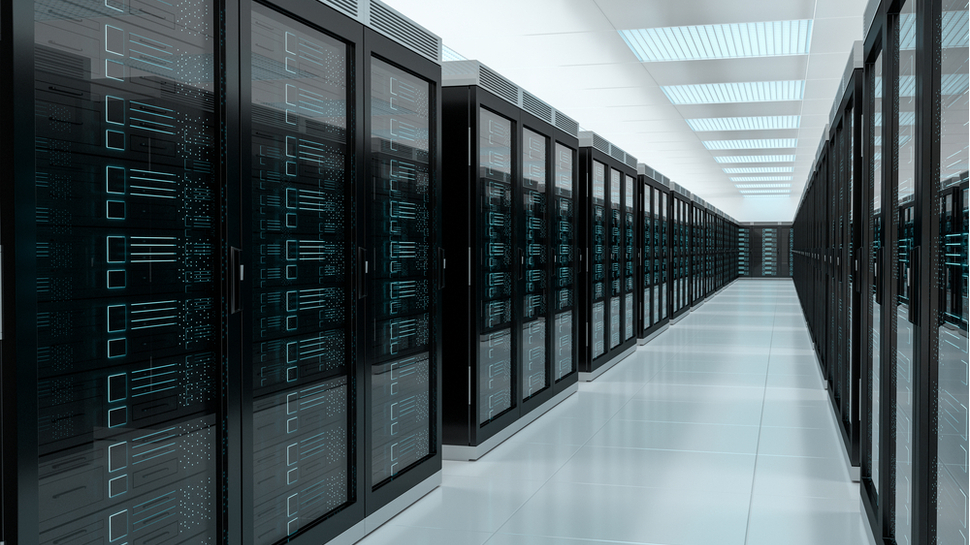The importance of effective power supply for data centers
Five steps for effective power supply for data center managers

It goes without saying that a constant power supply is absolutely vital for a data center. The fire that burned down the OVH data centers in Strasbourg, France in March this year, proved to be a big wake-up call for facility managers around the globe. The financial impact of the fire is not for the faint-hearted, According to Reuters, it is estimated to have cost the company 130million euros after factoring in lost revenue, litigation provisions, impairment charges, and the cost of reimbursing customers and replacing equipment.
Martin Hodgson is Country Manager at Paessler AG.
Usually, there are systems to ensure uninterrupted power supply in a data center, but these have to be regularly serviced and monitored. This requires a monitoring solution that can check standard power supply as well as UPS systems to make sure that every single part of the power supply system is working properly and that any failure or performance issue is immediately detected and solved.
Here are five steps every data center or facility manager should consider implementing to ensure an effective power supply:
1. Gather the right information
The first step is to measure and analyze the power supply and total amount of electricity to the data center. In addition, IT and air conditioning should be measured separately. Through these measurements, the efficiency of the cooling in the data center can be measured. This key figure is called PUE. The quality should also be recorded using an appropriate measuring device. For fail-safety, the power supply should be provided by an active UPS, and N+1 redundancy should also be available.
2. Safety first
A well-maintained power supply ensures the safe protection of data. To ensure an effective operating system, a permanent measurement and monitoring of the residual current of the data center must be carried out according to the international standard IEC 60364-6. If the power failure should be longer, then this can be absorbed with the mains backup system. The backup power system should be permanently monitored with a network monitoring solution that must be operational at all times and available within a few minutes. It is also advisable to set up alerts so that the facility manager can be notified if there are any issues with the power supply even when they aren’t on-site.
3. Check the power distribution
Make sure the power is made available to the IT components. This distribution takes place via the power distribution unit (PDU). During this process, important information can be collected from the PDU such as:
What’s the power/heat load for the rack?
Are you a pro? Subscribe to our newsletter
Sign up to the TechRadar Pro newsletter to get all the top news, opinion, features and guidance your business needs to succeed!
How much power is needed for the servers?
Is an integrated differential current measurement possible?
It is also worth considering whether you can install PDUs which offer the possibility to monitor further environmental parameters like temperature and humidity. This helps facility managers know how well the air conditioning units are performing and if they are keeping the servers at the correct optimal temperature.
4. Put a monitoring strategy in place
Because of the complexity of the points mentioned above, monitoring the power supply and the overall environment of the data center is crucial. It’s important to understand the condition and status of servers and machines in the data center, that all air conditioning units are functioning correctly, the air temperature in the facility, to name just a few metrics. In addition to this, they need to measure the KPIs that were defined in the first step. For this, they need a sufficiently complex monitoring tool that is able to bring in data from IIoT sensors, OT systems, and traditional IT components using several common protocols and display everything in one place.
5. Prevent cyberattacks
Since the beginning of the pandemic, cyberattacks have been on the increase so it’s important to put in place a robust monitoring system whilst also protecting the power supply from being accessed by potential attackers. In this day and age, the majority of power equipment can be controlled and configured remotely. This leaves the data center wide open to potential hacks, downtime, or devastating data loss. Hackers can also cause a power surge, resulting in damaged equipment or a fire outbreak. In 2017, British Airways suffered from a deliberate power surge that lasted a few minutes but cost them dearly as the incident affected around 75,000 travelers. It is estimated that this cost the company a staggering £80 million.
The power supply installation and maintenance market is growing exponentially as it is core to the operation and management of every data center. With the boom in cloud-based applications since the start of the COVID-19 pandemic, the take-up of data centers has drastically increased. According to the FT, data center mergers and acquisitions totaled almost $35bn globally last year, more than five times the volume of deals in 2019. This makes the issue of effective power supply a ‘no brainer’ for many facility and IT managers who want to reduce downtime and protect their most precious asset – their clients’ data.
We feature the best data migration tools.
Martin Hodgson is the Director Northern Europe at Paessler AG.
